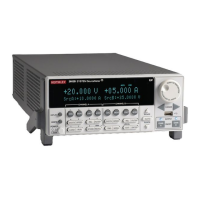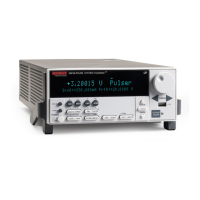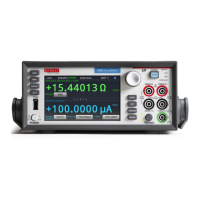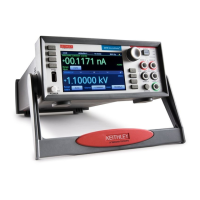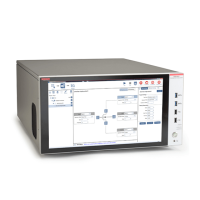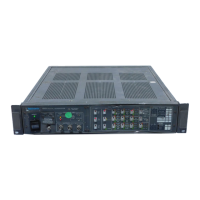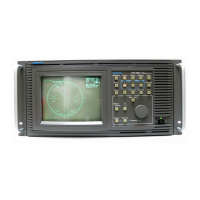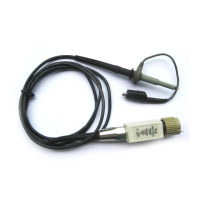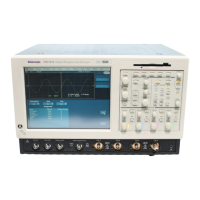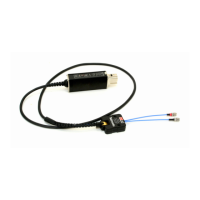12. If this step is not on the CALA sense mode, send the measure calibration command using the
multimeter and 2600B readings, and range setting for the parameters:
smua.measure.calibratei(range, Z_rdg, DMM_Z_rdg, FS_rdg, DMM_FS_rdg)
Where:
Typical 100 mA range values:
smua.measure.calibratei(100e-3, 1e-6, 1e-5, 0.089, 0.088)
13. Select negative polarity, then set the source output to the negative zero value, for example:
smua.cal.polarity = smua.CAL_NEGATIVE
smua.source.leveli = -1e-30
14. Turn on the output:
smua.source.output = smua.OUTPUT_ON
15. Allow the readings to settle, then get both the multimeter and 2600B current readings at the negative
zero value (the 2600B measurement is not necessary if this calibration step is being done on the CALA
sense). The two measurements should be made as close as possible in time. Use this command for
the 2600B:
Z_rdg = smua.measure.i()
16. Turn off the output:
smua.source.output = smua.OUTPUT_OFF
17. Set the source output to the negative full-scale value, for example:
smua.source.leveli = -90e-3
18. Turn on the output:
smua.source.output = smua.OUTPUT_ON
19. Allow the readings to settle, then get both the multimeter and 2600B current readings at the negative
full-scale output value (the 2600B measurement is not necessary if this calibration step is being done on
the CALA sense mode). The two measurements should be made as close as possible in time. Use this
command for the 2600B:
FS_rdg = smua.measure.i()
20. Turn off the output:
smua.source.output = smua.OUTPUT_OFF
21. Send the source calibration command using the -range, -zero and -FS multimeter readings, and -zero
and -FS source values for the parameters:
smua.source.calibratei(-range, src_Z, DMM_Z_rdg, src_FS, DMM_FS_rdg)
Where:
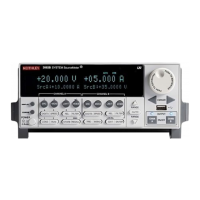
